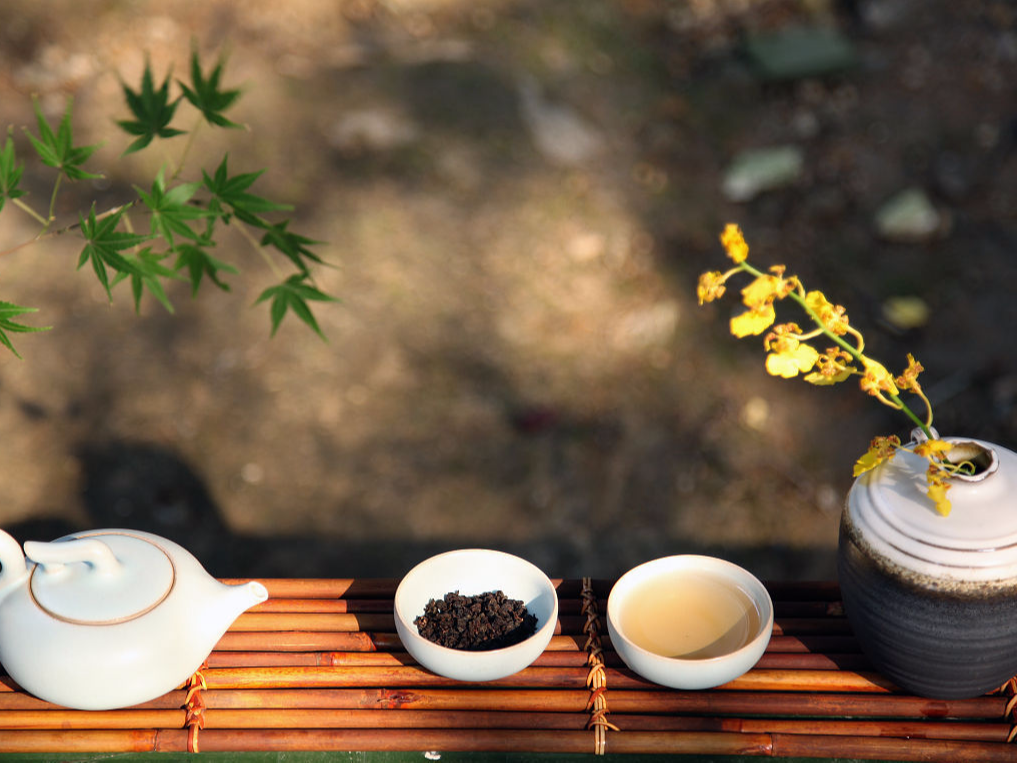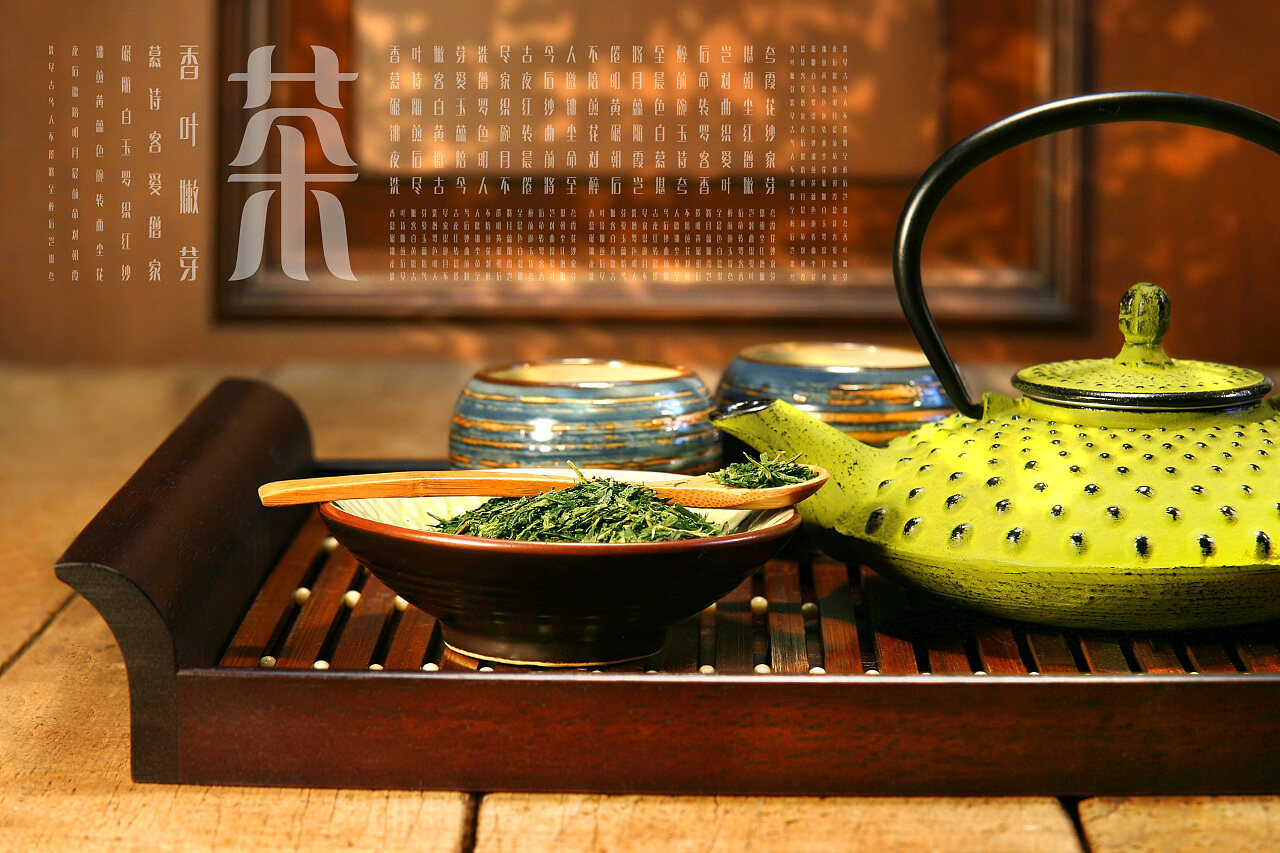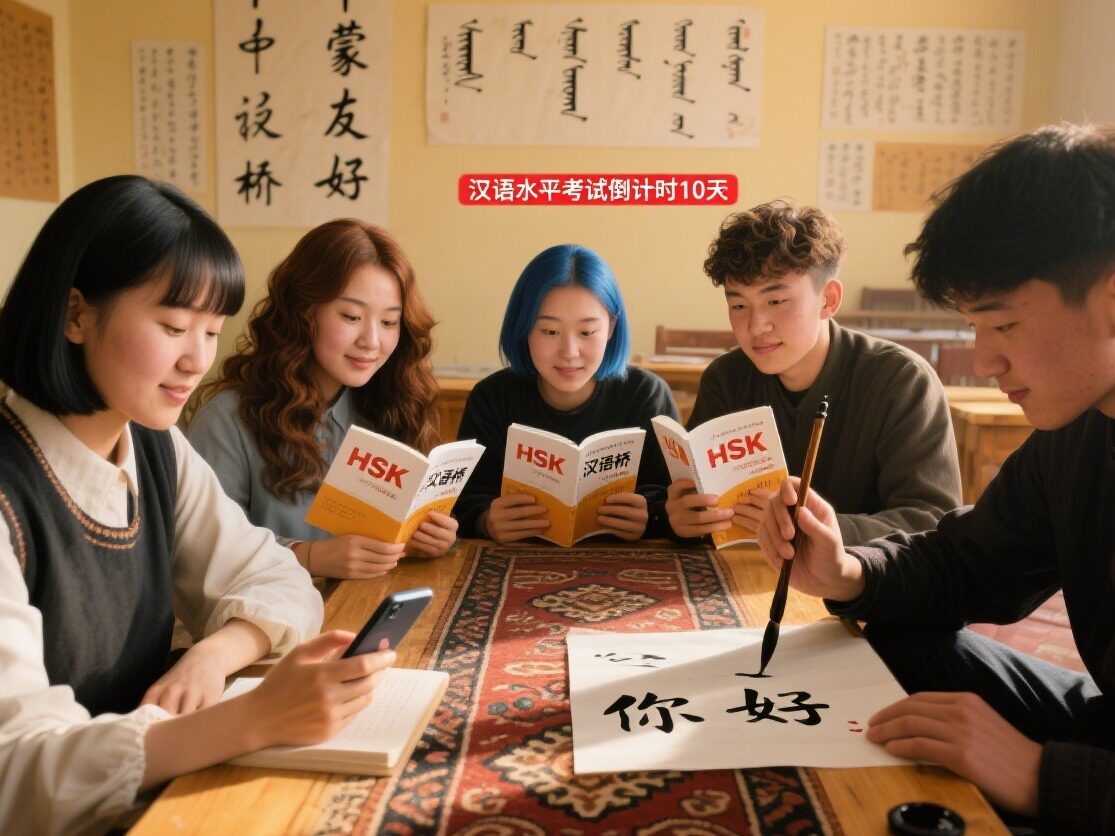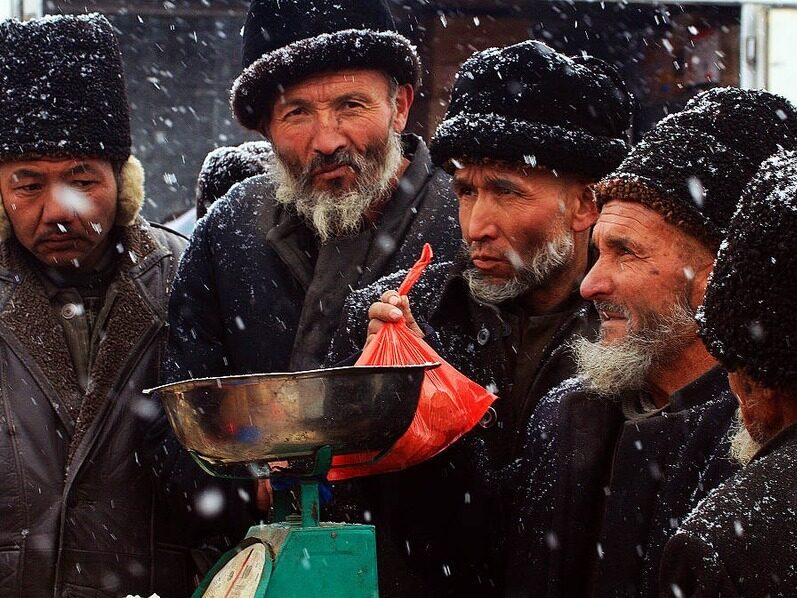- As early as in the Jin Dynasty, there were precedents for tea meeting guests

As a branch of Chinese food culture, the development of Han nationality tea culture has not only made people appreciate the self-transcendence of national traditional culture in different periods in the enjoyment of beauty, but also weaved a great blend of Chinese culture in the world. Yajie's harmonious tea culture circle.
From Tang Luyu's "Tea Classic" to the late Qing Dynasty, the tea writings of the dynasties have at least thirty or forty. The tea poetry is even more numerous. The tea paintings and tea carvings are also quite a few. The tea singing and dancing festivals are beautiful and moving. It is a dazzling Han national tea culture.
The art of tea drinking based on “goods” is the tea ceremony. It reflects elegance, expresses etiquette, and cherishes feelings. In the Ming Dynasty, Zhang Yuan’s "Tea Record" was a special tea ceremony door to show solemnity. In fact, the tea ceremony was formed in the Tang Dynasty, and its pioneers were pushing the tea Saint Lu Yu. His "Tea Classic" contains many philosophies. Song Huizong Zhao Wei's "Daguan Tea Theory" recognizes that sipping has the role of purifying psychology such as "smelting and stagnation" and "to clearing the guide." Buddhist Zen meditation will enter the tea ceremony into the tea ceremony, making "tea meditation". Chaozhou time is a popular tea ceremony.

As early as in the Jin Dynasty, there were precedents for tea meeting guests. The tea party is also known as the tea banquet, Tangshe, and Yushe. In the Tang Dynasty, the tea banquet became a popular style, and the tea ceremony was often used to help. The popular tea in the Song Dynasty is the pros and cons of tea in the collective competition. Fan Zhongzhong once wrote "The Fighting Tea Song", and Lu You's "Jiannan Poetry Draft" also has the sentence "Qingyun Yunxiao Opens the Brawl, Cuiyu Liquid Liquid takes the Cold Spring". Since the Tang Dynasty, individuals have opened tea gardens, all tea pots, tea pots, tea rooms, tea shops, tea houses and so on. The tea seller and the tea shopper are called Dr. Tea. In the Qing Dynasty, there was also a charity for tea, and tea was free. The above-mentioned places are all for tea, which is different from those who sell tea in today's tea houses.
The habit of drinking tea in the private sector has gradually enriched the etiquette. During the Northern and Southern Dynasties, tea was included in the offering. In the Song Dynasty, the mourners did not need to hold tea, because the tea tray was beige, and the funeral was bogey. In the Tang Dynasty, the little girl was called tea. Every kind of tea tree will be born, if it is transplanted, it will not be born again. Therefore, when the ancients get married, they must use tea as a gift. The tea is in the sun, and Song has already been. The woman is hired to be called tea.
Before the Tang Dynasty, the Han people's tea and food were not divided. With the prevalence of tea drinking, tea sets have become specialized and artistic, which constitutes another part of tea culture. The ancient people studied tea with a scoop called tea pot, and the tea used has tea pots, tea troughs, tea pots, tea pots, and tea when tea is brewed. The crafts of making tea sets are becoming more and more stressful, and they are passed to the later generations. They are most famous for Xuanxing teapots, Mengchen tanks, Jianye, Chaoshan tea stoves, etc., and there are many unique products. Become a pet in the minds of connoisseurs and collectors at home and abroad. Recently, the Xuan Xing Ceramics Museum has made a beautiful gift for the Wangshui Conference on both sides of the Taiwan Straits. Editor / Zhao Jing
Comment
 Praise
Praise
 Collect
Collect
 Comment
Comment
 Search
Search














Write something~